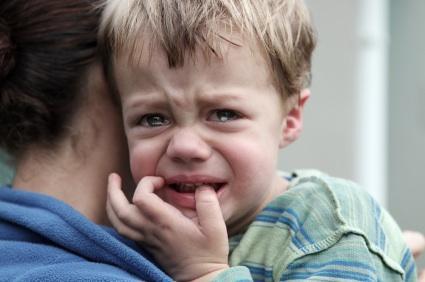
Children and teens have anxiety in their lives, just as adults do, and they can suffer from anxiety disorders in much the same way.
Anxiety is a normal part of childhood, and every child experiences phases. A phase is temporary in most cases harmless. But children who suffer from an anxiety disorder experience fear, nervousness, and shyness, plus they start to avoid places and activities. Commonly, children and teens experience anxiety problems which are characteristic of more than one anxiety disorder. Fortunately, the helpful approaches offer a similar experience for various anxiety problems.
In some cases, however, anxiety in children can be persistent and intense, and may interfere with a child’s daily routines and activities for example going to school, making friends, or sleeping. When anxiety in children is constant and serious, and doesn’t go away with reassurance and luxury, it is classified as an anxiety disorder.
Generalized anxiety disorder
Children’s symptoms include severe and uncontrollable be worried about multiple parts of their lives; these could include things like being on time, doing well on tests, or keeping friendships. The greater areas in which a child shows serious worries, the much more likely it is that the child has generalized anxiety disorder.
Separation anxiety disorder
Separation anxiety disorder is the child or adolescent’s excessive worry and apprehension about getting away from their parents. Children with separation anxiety disorder often fear their parents will be harmed in some way or won’t return to them as promised. Separation anxiety disorder is often observed in preschoolers, but it is also seen in older children and adolescents as a result of stressful life events.
Social anxiety disorder
Children’s symptoms may include acting shy and, in severe cases, the child may won’t speak to people they do not know well (especially adults). Symptoms could also include being very worried about social situations or just being worried about how other people view them. Children with social anxiety disorder may try to avoid such situations, which may lead to missing school.
Panic disorder
Children with panic disorder might have sudden onset of symptoms including racing heart, sweating, shaking, trouble breathing, and feeling like something terrible will happen.
Somatic symptoms
Somatic symptoms are physical symptoms that may occur with anxiety disorders. These types of symptoms are common and will include chest pain, racing heart, difficulty breathing, dizziness, nausea, abdominal pain, and headaches.
Phobias
A phobia is definitely an unrealistic and excessive fear of some situation or object. Some phobias, called specific phobias, center on animals, storms, water, heights, or situations, for example being in an enclosed space. Children and adolescents with social phobias are terrified of being criticized or judged harshly by others. Because young people with phobias will attempt to avoid the objects and situations that they fear, the disorder can greatly restrict their lives.

Childhood Anxiety Disorders
Post-traumatic stress disorder
Post-traumatic stress disorder is definitely an intense re-experiencing of a traumatic event by distressing recollections, dreams, and/or associations (for example things or situations that remind the child or adolescent of the traumatic event). Some these include witnessing or experiencing a natural disaster, finding yourself in a serious automobile accident, or witnessing a violent crime.
